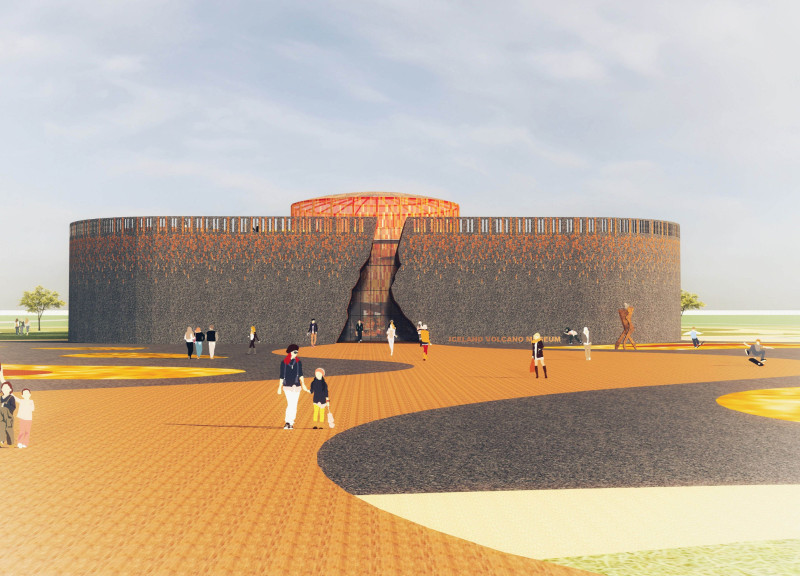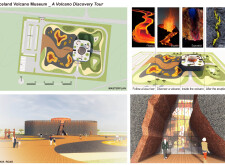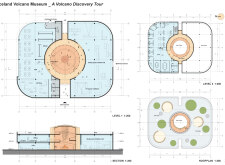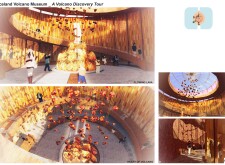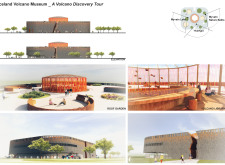5 key facts about this project
At its core, the design represents a harmonious interaction with its surroundings, showcasing a thoughtful approach to contextual architecture. The incorporation of local elements harmonizes the building with the geographical landscape, demonstrating a commitment to preserving local identity while embracing modern design principles. The functionality of the project ensures that it addresses the specific needs of its intended users, whether for residential, commercial, or communal purposes, reflecting an understanding of the dynamics of everyday life.
The project features a carefully curated material palette that enhances both the visual appeal and the sustainability of the design. The primary materials used include reinforced concrete for structural integrity, glass for transparency and light, and sustainably sourced timber, which adds warmth and a touch of nature to the environment. These materials are strategically employed to create defined spaces that are both inviting and practical, bridging the gap between indoor and outdoor areas. The judicious use of materials also serves to minimize the project’s carbon footprint, aligning with contemporary architectural trends that prioritize environmental responsibility.
Key elements of the architectural design include expansive windows that invite natural light into the space, creating a sense of openness and connectivity with the exterior landscape. The strategic placement of these windows not only enhances the aesthetic quality of the interiors but also contributes to energy efficiency. Additionally, outdoor terraces or green roofs may be incorporated into the design, promoting biodiversity and providing users with a transition zone between their built environment and nature. This blurring of boundaries is a unique aspect of the project, encouraging occupants to engage with their surroundings.
Another noteworthy feature of the design is its thoughtful integration of natural ventilation strategies, which reflects a design philosophy that prioritizes user comfort while reducing dependency on mechanical systems. By utilizing operable windows and strategically placed vents, the project achieves a conducive indoor climate, fostering a healthy living environment.
The unique design approaches employed in this project also include an emphasis on flexibility and adaptability. Spaces are designed to be multifunctional, allowing users to reconfigure areas as needs change over time. This adaptability is increasingly relevant in dynamic urban settings, where the ability to accommodate various activities can lead to more sustainable building practices.
In summary, this architectural project stands as a testament to contemporary design, embodying principles that respect local tradition while innovating for the future. The careful selection of materials, strategic design choices, and commitment to user experience culminate in a space that is not only functional but also deeply connected to its environment. For those interested in learning more about this project, exploring the architectural plans, sections, designs, and ideas can provide valuable insights into its innovative approach and functional detail. By examining these elements, readers can gain a deeper appreciation for the thought processes and considerations that drive this architectural endeavor.


